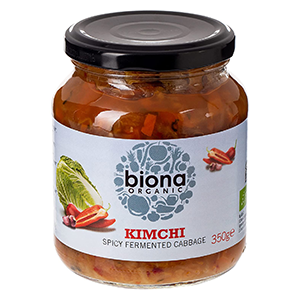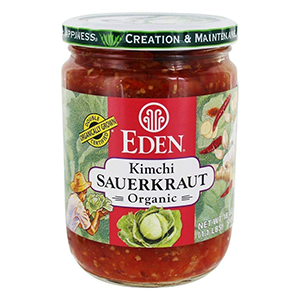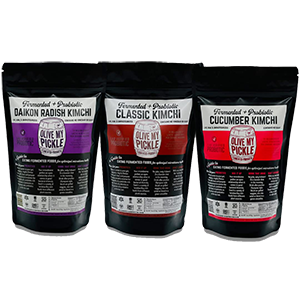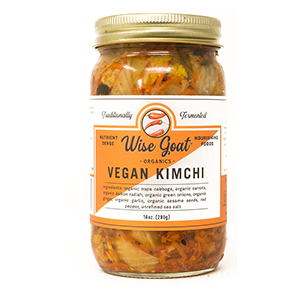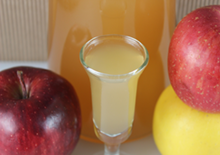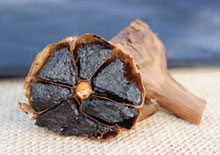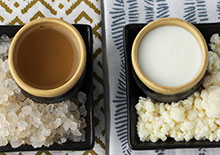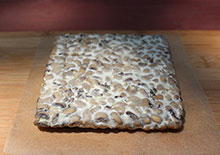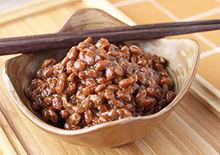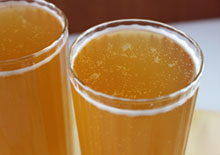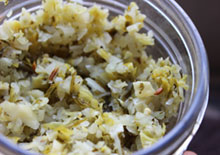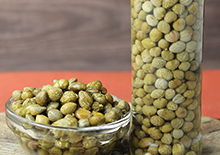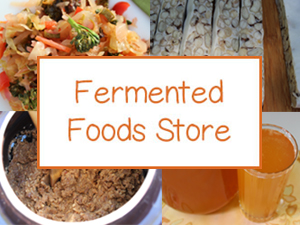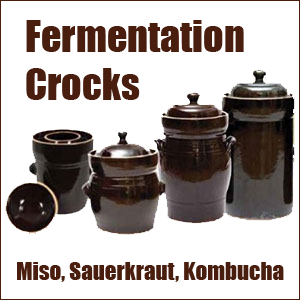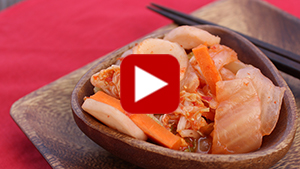- Home
- Fermented Foods
- What is Kimchi?
What is Kimchi Made Of? And What Is It Good For?
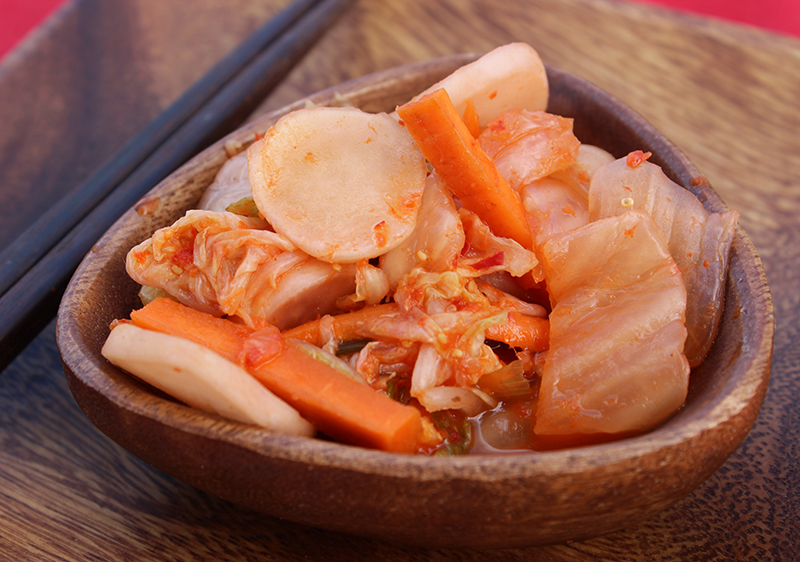
Kimchi, also spelled "kimchee" or "gimchi", is the iconic Korean side dish or "banchan" consumed for centuries as a staple condiment eaten with most meals.
While unfermented kimchi called geotjeori is sometimes prepared as a type of quick-pickled coleslaw, most kimchi is aged via fermentation techniques. This is the one we are referring to here on this page because of its health-promoting potentials we discuss below.
Table of Contents
What is Kimchi? | Main Benefits | Making Homemade Kimchi | Precautions | Shop
Aged kimchi, known as mugeun-ji, is created using the traditional "gimjang" wintertime preparation and vegetable preservation methods.
Made using a lacto-fermentation process, it's comparable to how you would make any kind of cultured vegetable.
In Korean tradition, it is common to make large quantities of homemade kimchi in the fall season. Many households will in fact have a separate fridge set aside for storing jars throughout the year.
Similar to regional styles of miso paste, different types of kimchi are also categorized according to the regions from which they originate in North and South Korea. Some styles use less salt and are very short ferments while some are customarily kept at cooler temperatures, sometimes buried in the ground in earthenware pots, to slowly age for many months.
Many versions are known for their spicy hot pickled taste due to the use of red chili peppers, giving it a classic reddish-orange color. Kimchi is also identified by its strong sulfurous scent which is often linked to the use of garlic.
At the heart of most kimchi recipes is a combination of the five flavors spicy, sour, bitter, salty and sweet. If it contains fish sauce or seafood paste it will also have an umami quality.
There are over 180 reported varieties of kimchi differentiated by the kinds of vegetables utilized as well as the assorted mix of seasonings incorporated.
By far the most popular variety of kimchi known around the world is called baechu kimchi, which uses Napa cabbage (also called Chinese cabbage) as the main ingredient. (*)
The standard Korean kimchi most people are familiar with utilizes a combination of cabbage, white radish, green onions, carrot, red chili pepper (called gochugaru), garlic, ginger, sea salt, a sweetener and sometimes jeotgal, a type of fish sauce or salted seafood.
How it is prepared can vary considerably. For example, some cabbages are left whole and the leaves are stuffed or layered with salt and spice paste mixture, whereas other recipes may use whole individual leaves or chop them into large pieces before brine culturing in fermentation vessels.
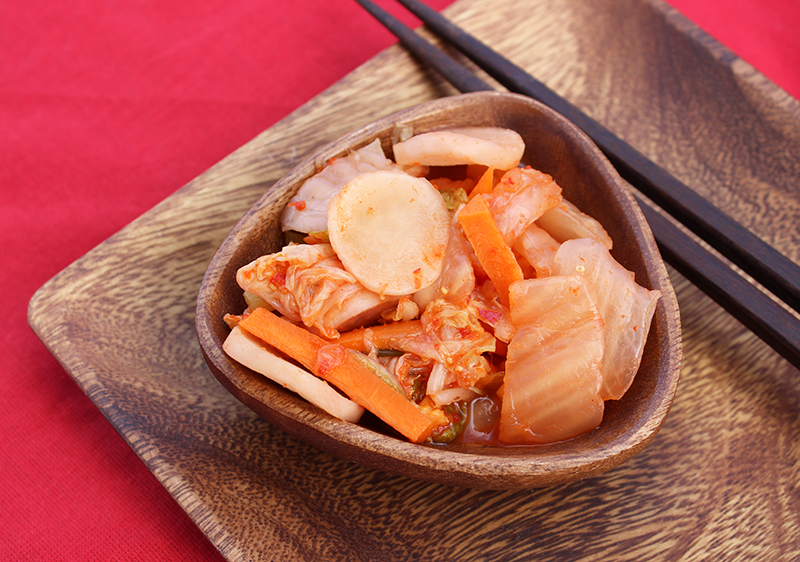
Main Benefits of Kimchi
If you love sauerkraut or other types of cultured vegetables you will most likely enjoy this popular Korean favorite. Besides of course the delicious zesty pickled and spicy taste, kimchi has some main health benefits when used as a condiment with meals or eaten by the bowl full.
As a fermented food, kimchi is naturally full of enzymes beneficial for digestion helping to assist the breakdown of foods into usable nutrients.
Its warming spices also help to increase digestive fire as well as encourage good circulation and heightened immune response. Like other cultured vegetables, kimchi is a good source of vitamin C.
Lastly, raw unpasteurized kimchi is a great probiotic food source (*) due to the presence of lactic acid bacteria. Depending on the length of fermentation, kimchi can contain different strains of Lactobacillus, Leuconostoc and Weissella.
Two common strains identified are Leuconostoc mesenteroides during shorter ferments and Lactobacillus bacteria like L. plantarum during longer ones. Leuconostoc mesenteroides has been researched for its use as a commercial kimchi starter culture and also for its health-promoting influences. (*)
Probiotic-rich foods are therapeutic to include in the diet for maintaining a good balance of intestinal microbiota. The colon and its diverse community of yeast and bacteria work together with the lymphatic system and play an important role in human immune function.
As a breakfast food meal option, try adding a spoonful or two of kimchi to an egg drop miso soup or Asian noodle or quinoa bowl. To preserve probiotic nutrients and active enzymes, it is best to add it right before serving or eat it as a side dish.
Kimchi is also a favorite food to use in sandwiches, nori rolls, fish tacos, as a pizza topping or in the trendy kimchi pancake.
Making Homemade Kimchi
While you can purchase kimchi in many health food stores or Asian markets as well as from online suppliers, we always encourage making your own homemade fermented foods whenever possible.
Making kimchi at home is easy, relatively inexpensive and is a great way to preserve produce as an emergency food source.
This culturing technique basically involves, chopping your vegetables, creating a brine, packing the mix into a jar and leaving it to ferment for a number of days in a row. Generally, we like to let ours go for about 7 days, but shorter or longer fermentation times are also possible depending on what you'd like to achieve.
Three-day ferments produce more subtle flavors and crisper textures, whereas longer ones allow for more developed pickled tastes and softer vegetables.
Head on over to our kimchi recipe page where we give more specifics on how to make it.
Precautions:
Avoid kimchi if you have adverse reactions to spicy foods or have allergies to molds. Consult your healthcare provider before adding kimchi to the diet if you are pregnant, nursing, taking prescribed medications or if you have a serious health condition.
Shop Related Products (About Affiliates & Amazon Associate Paid Links)
Affiliate Disclaimer: This section contains affiliate product links. If you make a purchase through our recommended links, we receive a small commission at no additional cost to you. Thanks for the support.
Our YouTube Video


